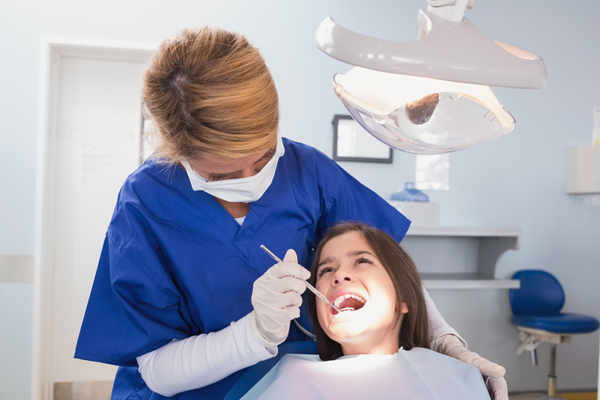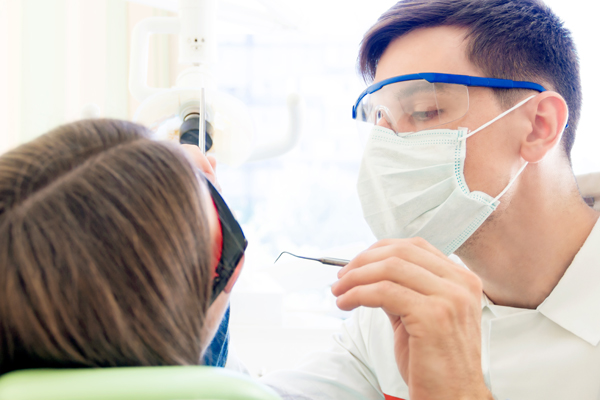The Four Appointments Involved in Getting Dentures
 Dentures, most commonly, come in three forms based on the size of the fitting and the urgency with which it is placed in the mouth. Dentures that are placed during the same day as your initial visit are called immediate dentures while the other two usually take a few more visits before they are ready to walk out of the door with you. The other two types of dentures that are available are partial dentures and full dentures. Each of these takes anywhere from four to six visits to install correctly. Naturally, these are estimated timings based on a perfect scenario and vary from patient to patient. The amount of visits needed may be significantly more if your mouth is found to need additional preparatory work. Since the vast majority of the patients we see fall in the normal category, here is what you can most likely expect as we go through the installation process to give you full dentures.
Dentures, most commonly, come in three forms based on the size of the fitting and the urgency with which it is placed in the mouth. Dentures that are placed during the same day as your initial visit are called immediate dentures while the other two usually take a few more visits before they are ready to walk out of the door with you. The other two types of dentures that are available are partial dentures and full dentures. Each of these takes anywhere from four to six visits to install correctly. Naturally, these are estimated timings based on a perfect scenario and vary from patient to patient. The amount of visits needed may be significantly more if your mouth is found to need additional preparatory work. Since the vast majority of the patients we see fall in the normal category, here is what you can most likely expect as we go through the installation process to give you full dentures.
Denture Measurements and Preparing the Mouth
The first visit is all about getting the right measurements and impressions so that we can have the laboratory build you a denture that will look and feel like your natural teeth. Unlike in the old days, today's dentures are custom fabricated to your mouth. On this first visit we will give you a comprehensive examination to determine the best type of dentures for you, the overall health of your mouth, and how much usable tissue will remain once all your teeth have been removed. We will also be examining the underlying bone structure to make sure you have no additional problems and may recommend surgically altering the bone shape for an optimal fitting denture. During this visit, we will also be taking impressions of your edentulous (toothless) ridges gums. These impressions will be used to make the mold and ultimately form your denture. Finally, we will be discussing the shape, size, and shade of the false teeth that you want to be part of your denture.
Center jaw relationship (CJR) or the maximum mandibular retrusion (MMR)
Making sure that the upper and lower jaws are perfectly aligned when you bite together is a critical part of getting well-fitting dentures. On the second visit we will be focused on this, as well as making sure the teeth are the right length and that the plane of the tooth set up has the correct relationship with the rest of your facial features. Using wax rims and a loose-fitting denture base, we will get the measurements we need and make adjustments so that your teeth are the right size and shape to avoid clicking when you talk or chew.
Wax Try-ins
The wax rim used to simulate teeth in the last visit will be replaced with the real plastic or porcelain teeth during this visit. The difference between this try-in and your final denture is only that the teeth are not embedded in the plastic yet, and the base is still loose so that it can fit over your gums. Using the actual device, we are able to make adjustments and inform the lab of any changes needed before they fabricate the final product.
You will end visit number four, which will involve some minor adjustments to the dentures plastic, walking out with a brand new set of custom built teeth.
Family Dentistry > Cosmetic Dentistry

